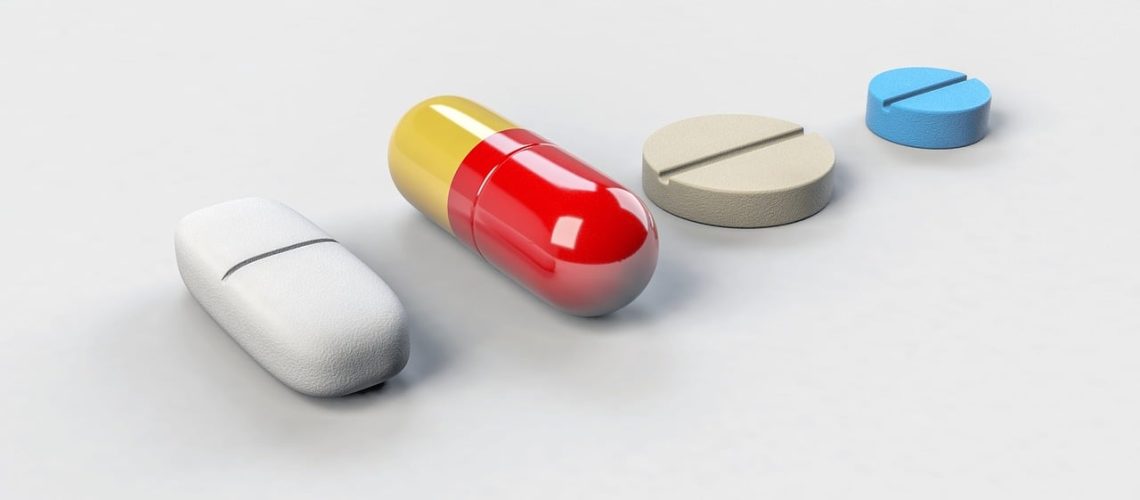Bone fractures are a common occurrence worldwide, with millions of people experiencing them each year. Traditionally, bone fractures have been treated with immobilization, followed by rehabilitation to restore strength and functionality. However, advancements in medical research have led to the development of medications that can aid in bone fracture recovery by accelerating the healing process. This article will discuss these medications, their duration of therapy, potential dangers, and when they are used.
1. Bisphosphonates
Bisphosphonates are a class of drugs that inhibit bone resorption, thereby increasing bone density and strength. They are typically prescribed for osteoporosis, but some studies have shown that they may also be beneficial in promoting bone fracture healing.
Duration of therapy: The length of bisphosphonate therapy varies depending on the specific drug and the severity of the bone fracture. Typically, treatment lasts for several months.
Potential dangers: The most common side effects of bisphosphonates include gastrointestinal issues, such as nausea, abdominal pain, and constipation. Additionally, there is a small risk of developing osteonecrosis of the jaw (ONJ), a rare but serious condition in which the jawbone loses blood supply and dies.
2. Teriparatide
Teriparatide is a synthetic form of the human parathyroid hormone, which helps regulate calcium and phosphate levels in the body. It has been approved for use in the treatment of osteoporosis and has been shown to speed up the healing process of bone fractures.
Duration of therapy: Teriparatide is typically administered daily for up to 24 months.
Potential dangers: The most common side effects of teriparatide include nausea, dizziness, and leg cramps. There is also a small risk of developing osteosarcoma, a rare form of bone cancer. However, this risk is considered minimal in comparison to the potential benefits of the drug.
3. Bone Morphogenetic Proteins (BMPs)
BMPs are proteins that play a crucial role in the formation and growth of bone. They have been used in the treatment of non-union fractures, where the bones fail to heal properly. BMPs are typically administered via surgical implantation at the fracture site.
Duration of therapy: BMP therapy typically involves a single surgical application at the site of the non-union fracture.
Potential dangers: The main risk associated with BMP therapy is the potential for excessive bone growth, which may lead to complications such as nerve compression. Additionally, there is a small risk of infection and allergic reactions.
4. Bone Growth Stimulators
Bone growth stimulators are devices that emit low-intensity pulsed ultrasound (LIPUS) or electrical signals to stimulate bone healing. They are typically used for non-union fractures or fractures that are slow to heal.
Duration of therapy: The duration of therapy varies depending on the specific device and the severity of the bone fracture. Typically, treatment lasts for several months.
Potential dangers: Bone growth stimulators are generally considered safe, with minimal side effects. However, there is a small risk of skin irritation at the site of application.
When to use these medications
These medications are generally used when traditional fracture healing methods are insufficient, or when there is a high risk of complications or slow healing. They are often prescribed for non-union fractures, fractures in patients with osteoporosis, or fractures with a high risk of non-union due to factors such as poor blood supply or infection. It is essential to consult with a healthcare professional to determine the most appropriate treatment plan for your specific situation.
Medical Disclaimer
This article is for informational purposes only and should not be considered medical advice. Always consult with a healthcare professional before starting, stopping, or changing any medications or treatment plans. The information provided in this article is not intended to diagnose, treat, cure, or prevent any disease or medical condition.
Zusammenfassung
In recent years, the development of medications for bone fracture recovery has significantly impacted the treatment and management of bone fractures. Bisphosphonates, teriparatide, bone morphogenetic proteins, and bone growth stimulators have all shown promise in accelerating the healing process and improving patient outcomes. However, it is essential to be aware of the potential dangers and side effects associated with these medications and to consult with a healthcare professional to determine the most suitable treatment plan for each individual case.
Externe Links:
1. National Institutes of Health (NIH) – Bone Fractures
2. American Academy of Orthopaedic Surgeons (AAOS) – Fractures
3. National Osteoporosis Foundation – Medications
By staying informed and working closely with healthcare professionals, patients can make informed decisions about their bone fracture treatment and recovery, ultimately improving their overall health and quality of life.

